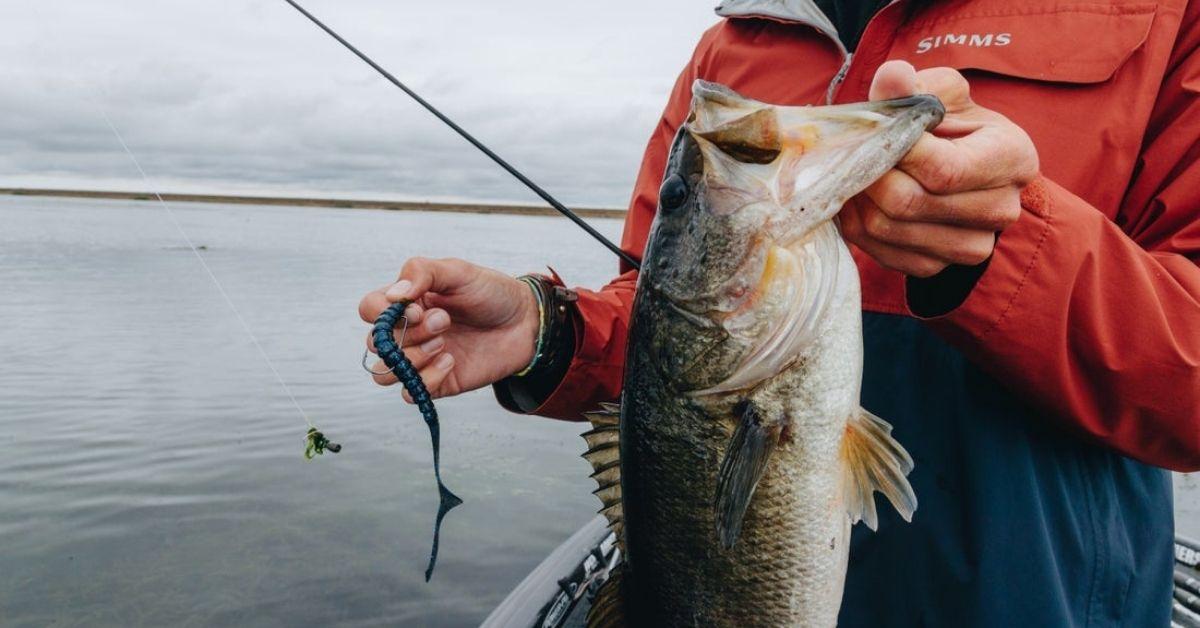How To Select The Right Size Worm While Bass Fishing
Bass eat big baits, and chasing fish using magnum-sized lures has become trendier than ever. This upsize uprise has launched a new wave of lunker-sized lures, including mega cranks, swimbaits the size of keeper bluegills, and super-sized spoons.
But is bigger always better?
The answer is no, especially when you're talking about soft plastics. And with so many plastic baits to choose from, it can be daunting to decide when to pick up the 10-inch ribbon tail or when to pick up the pack of finesse worms sitting beside it.
To help, here's a quick rundown giving you a guide on when and where to use a little finesse plastic worm versus a jumbo-sized option.
When should you use small plastic worms to catch bass?
- In super clear water
- When it’s cold or post-frontal
- When the bait is small, or post-spawn
- If you’re just looking to get bit
- Pressured water where fish constantly see other lures
- When chasing smallmouth, spotted bass, or creek largemouth
Small Worms That Slay Bass
The Best Small Hooks For Little Bass Plastics
When should you use big soft plastic worms to catch bass?
- When the water’s warm
- In murky or stained water
- When you’re looking for big bites
- On deep ledges offshore
- In the summer and fall
- Swimming through shallow grass
Big Worms That Crush Bass
The Best Big Worm Hooks For Catching Bass:
Updated March 7th, 2022 at 2:09 AM CT


